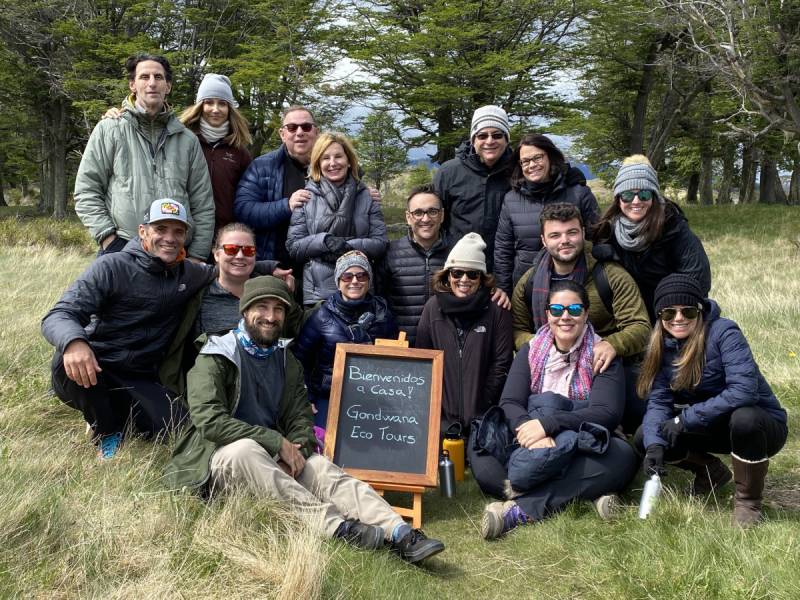The Osa Peninsula in Costa Rica
The Osa Peninsula is a destination that is world-famous for its incredible and biodiverse rainforest. Located in southwestern Costa Rica, the Osa Peninsula juts out of the mainland into the ocean and is bordered by Drake Bay to the northwest, the Pacific Ocean to the west, and the Golfo Dulce to the east. The Golfo Dulce is incredibly special, as it is one of only four tropical fjords on Earth — which is why we are delighted to guide travelers on Costa Rican adventures!
The Osa Peninsula offers visitors breathtaking scenery, secluded beaches, lush rainforest and a fascinating mix of freshwater and marine ecosystems. The Osa Peninsula covers approximately 700 square miles on the coast of Costa Rica, and its geological history has made a nearly unparalleled amount of biodiversity possible. The peninsula was formed geologically by the Earth’s tectonic activity. Costa Rica itself is a hotspot of biological diversity, as innumerable species poured into the land bridge created when the two American continents joined together due to tectonic activity. The Osa Peninsula evolved in isolation until it merged with mainland Costa Rica nearly 2 million years ago.
On land, the Osa is covered almost entirely in virgin rainforest extending to the Pacific coast. In its marine habitats, the Osa Peninsula is known for vibrant reefs, exotic fish, turtles, and dolphins. These are just some of the biodiverse wonders of the Osa Peninsula
The Osa Peninsula was one of the last places in Costa Rica to be settled and is still only sparsely populated. However, human activity has still had a significant impact on the natural world of the Osa Peninsula. It wasn’t until Corcovado National Park was created in the 1970s, coupled with the departure of foreign mining companies in the 1980s, that the Costa Rican government pivoted towards conservation. The rise of ecotourism in recent years has supported conservation efforts on the Osa Peninsula, allowing nature to recover and expand from the traditional safe areas into the refuges created around ecolodges. The incredible ecosystems here provide homes for a staggering amount of biodiversity, as well as invaluable services to the people who depend on them for clean air, water, food, jobs, and a stable climate – the conservation of these areas is critical for all.
A large part of the peninsula is protected: the Osa Conservation Area. Today, the Osa Peninsula remains a popular destination for nature and wildlife enthusiasts. The main town on the peninsula is Puerto Jimenez, which has an airport and plenty of places to stay and eat, and a good hub for public transportation.

Biodiversity
The wildlife on the Osa Peninsula amounts to a breathtaking 250,000 species. This includes 323 species of endemic plants and animals that are not found anywhere else on the planet.
The Peninsula is home to at least half of all species living in Costa Rica and is estimated to house 2.5% of the biodiversity of the entire world, all while covering less than a thousandth of a percent of the world’s total surface area. It’s no surprise then that the Osa Peninsula was named by National Geographic as “the most biologically intense place on Earth.”
Nearly all of Costa Rica’s mammal species make the Osa their home – about 140 species! There are hundreds of bird species living on the peninsula, including toucans and the largest population of scarlet macaws in Central America. The surrounding waters are important areas for marine mammals, including bottlenose dolphins, spotted dolphins, and humpback whales. The beaches around the peninsula serve as nesting sites for hawksbill, green, and leatherback sea turtles.

Corcovado National Park
The main natural attraction of the Osa Peninsula is Corcovado National Park. Corcovado National Park sits on the western side of the peninsula and is the “crown jewel” of Costa Rica’s extensive National Parks system. It is one of the most biologically diverse national parks in the world. Spanning 181 square miles, it takes up almost half of the Osa Peninsula and is home to some of the world’s rarest wildlife. The natural wonders of the park include peccaries, tapirs, giant anteaters, harpy eagles and all of Costa Rica’s big cats, plus more than 450 species of birds.
Corcovado National Park is one of the richest and most diverse tropical areas on the planet and has the largest lowland rainforest in Central America. The National Park protects a beautiful, ecologically important area of land. To protect this wildlife as well as possible, all visitors must be escorted by a licensed guide while visiting the park.
Gondwana in Costa Rica
Gondwana Ecotours spends time on the Osa Peninsula and in the Corcovado National Park on its Costa Rica: Secluded Wildlife Adventure Tour. The tour includes sunrise birdwatching, hikes along beaches, treks through the rainforests, guided night walks, and even more ways to discover the amazing wildlife of Costa Rica.
In Costa Rica, prioritizing health means embracing a lifestyle that promotes longevity and vitality. With its abundance of fresh produce, outdoor activities, and emphasis on environmental sustainability, Costa Rica offers a path to “keep on living” in optimal health. Read more on health in Costa Rica!
Check out the 10 Ways to Celebrate Endangered Species Day, for inspiring ideas on how to support and protect endangered wildlife. After learning more about Endangered Species Day learn more about, “A History of Life: What is Gondwana?” article on Gondwana Ecotours delves into the ancient supercontinent and its pivotal role in shaping Earth’s biodiversity. It highlights how Gondwana’s formation and breakup contributed to the diverse ecosystems we see today.

